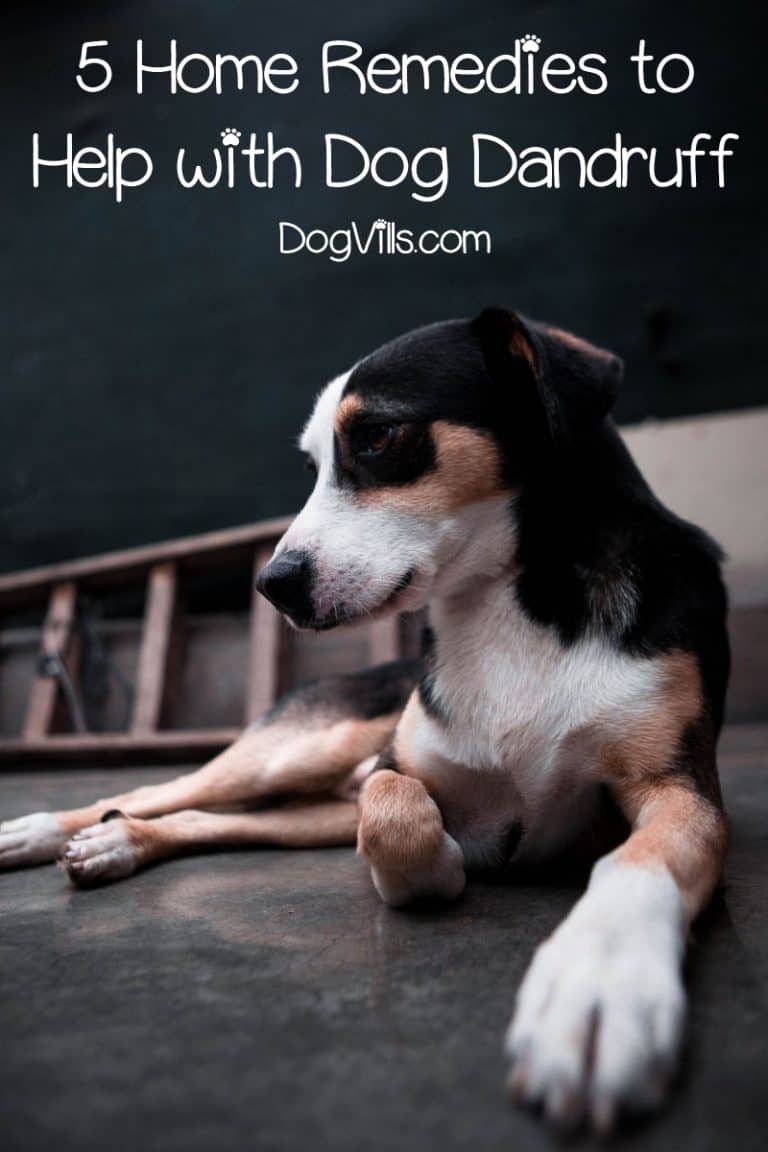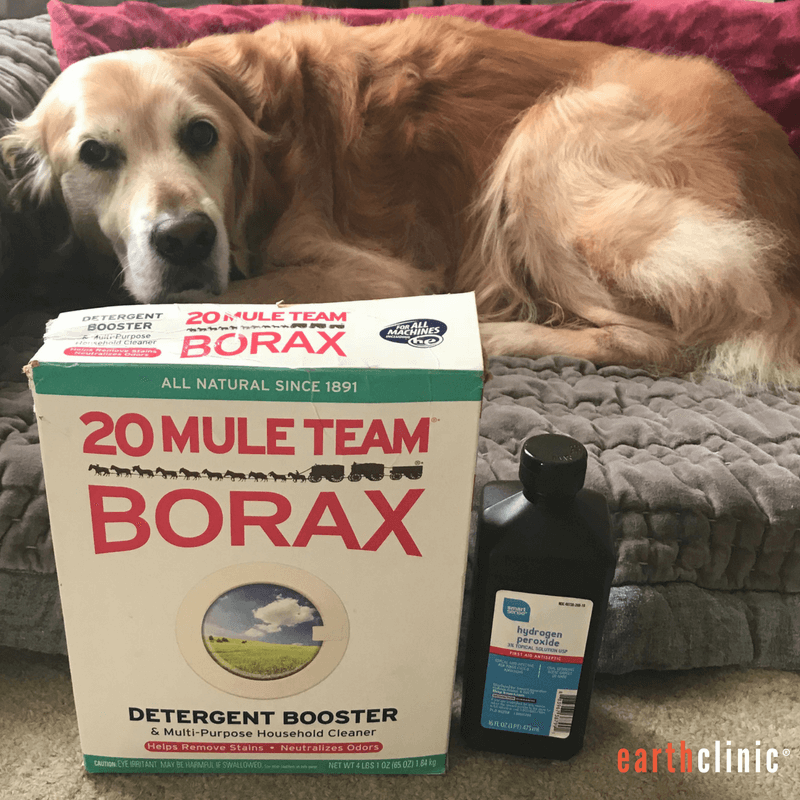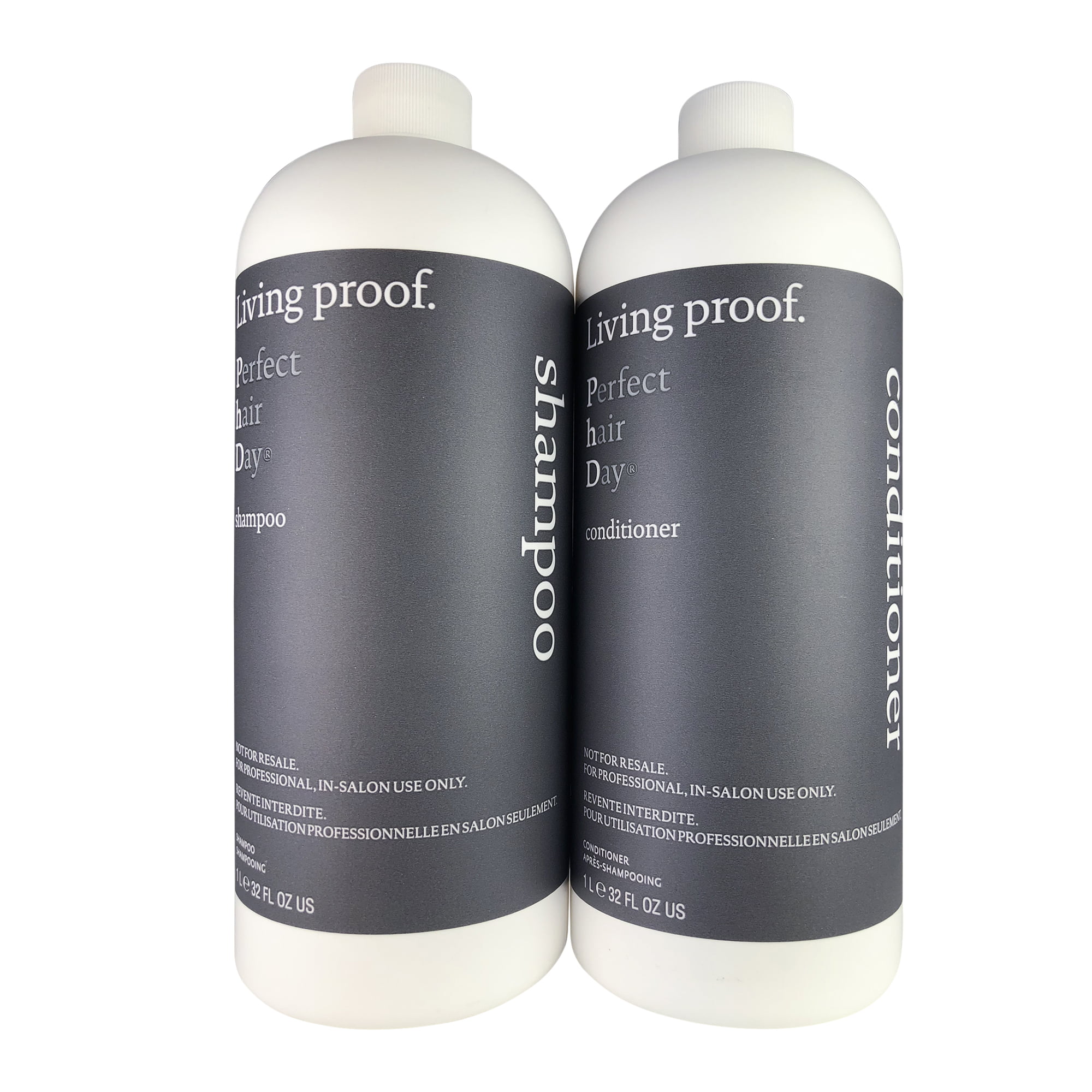Table of Content
You can apply evening primrose oil directly or give it to your dog orally. If you decide to give it to your dog orally, just a few drops mixed in with their food will do the trick. Knowing that your dog is in pain is one of the worst feelings as a pet parent. Just like us, dogs can experience pain for a number of reasons. These include chronic conditions, illnesses, injuries, and infections.

Skin tags are referred to as acrochordons by veterinarians and medical professionals. Typically, these soft, loose skin growths are harmless and occur both in humans and canines. If your vet does recommend removal, he or she will usually provide your dog with a general anesthetic to keep your canine calm and eliminate any potential pain. Then, the vet will remove the tag with a scalpel or surgical scissors. The resulting wound will be cleaned appropriately, stitched up if need be, and you’ll be sent on your way with instructions to monitor it carefully. Humans get skin tags all the time – some authorities claim that nearly half of the human population has at least one skin tag.
Warts
It is made from 100% Natural Extracts that are safe for pets. Naturasil Dog Wart Remover is a topical aid made for pets – dogs and cats alike. The remover comes with an applicator brush which is perfect for exact application on the troublesome wart or skin tag.

An added complication is that skin tags on the eyelid seem to grow faster than on other parts of the body, and no one knows why. A skin tag on a dog’s eye can pose some problems regardless of the size, which we’ll cover next. Older dogs are more likely to experience skin tags, but they can still affect dogs and puppies of all ages.
Pros and Cons of Inbreeding Dogs
The main caveat of topicals is that dogs have a tendency to want to remove them – with their tongues – causing upset tummies. Most skin tags don't cause symptoms, unless they are repeatedly irritated by rubbing against jewelry, clothing or other items. The tags are harmless, but they won't go away without treatment. Reasons for treatment include irritation of a skin tag or if you don't like the way the skin tag looks.

A small harmless skin tag on your pup should not be a cause for concern in most cases. This would be worrisome when pet owners intend to show their dogs because this could make the difference between walking home with a prize or not. Apply direct pressure to the wound with a gauze bandage.
Manuka Honey For Skin Tags
You’ll be relieved to know that a skin tag will not actually sprout out of your dog’s eyeball. You can probably narrow down that weird spot on your dog’s skin to a few things, including a skin tag, especially if you’ve seen one before. Known scientifically as acrochordon, skin tags are small, malleable bits of flesh protruding from your dog’s dermal layer.

In addition to taking the DIY route, you might consider a daily supplement to help your dog’s skin and fur. Soak a cotton swab in apple cider vinegar and place the cotton swab over the skin tag. Wrap the section in a bandage for 15 to 30 minutes, and then wash the skin. A frustrating sight for pet owners is seeing their precious pooch suffering from dry skin and its many related issues.
CBG Oil for Dogs & Cats
The warts are located in sensitive areas like a dog’s mouth—oral papillomatosis . There are many causes for excessive licking, chewing, and scratching, so we always recommend getting checked out by your veterinarian. Apply a few drops of the evening primrose oil directly to your dogs skin. Dog rashes on the belly are most common, where there’s not much hair and the skin is sensitive.
Psorinoheel is a supplement that is made from sulfur and platinum. The ingredients in this supplement are antiviral, which is just what your dog needs to fight the virus that causes warts. Wipe off any excess vinegar that may run from the treatment area. Use an eyedropper or small syringe to place two to three drops of vinegar on each wart.
When they do, they usually form on the face, limbs, belly, ears, and so on. Brush frequently to promote natural oil secretions and to eliminate dirt, loose fur, and any matting that can irritate the skin. Never try to remove them by surgical means or by castration at home as this may cause infection and make it worse. Try these simple home remedies instead to get rid of them. Mix a little castor oil with baking soda to form a paste.

It can cause a fair amount of bleeding, too, as small blood vessels often hide inside the skin tag, which can then become infected. Breeds that are especially susceptible to skin tags include Poodle, Schnauzer, Cocker Spaniel, and Terriers. A 2010 study found that high levels of triglycerides in the body, large body mass index, and insulin resistance may also cause skin tags to develop. However, if they appear in an area that may rub or irritate your pet, it’s usually better to have these removed to prevent discomfort for the dog.
This should not concern you as long as the area looks like the other nipples and none appear irritated. Dip the cotton ball in lemon juice and apply it to the skin tag. Lemon oil is an astringent and removes the excess oils and water from the skin tag site . Applying it to the skin tag restricts its oxygen supply, and this helps in its removal.

The standard form of warts has a cauliflower-like appearance. In most cases, your vet will be able to give you an immediate diagnosis. If this isn’t as clear-cut, they will likely perform a simple biopsy to rule out other possibilities.
This supplement helps to keep a dog’s immune system working properly. Giving your dog CAS supplements will help him fight off the virus that is causing warts. Rarely, dog warts can be a sign of an underlying health condition that needs to be addressed. Warts are more common than many people believe, especially in young pups.

Neem oil contains essential fatty acids and other bioactive components that will help in easily removing the skin tag without any surgical procedure . Here is a list of home remedies for skin tags removal that you can try. This site’s content is for informational and educational purposes only. It is not intended to serve as medical advice or to take the place of advice from, or treatment by, your veterinarian. You should always discuss treatment of medical conditions with your veterinarian before using any alternative therapies, natural supplements, or vitamins.







